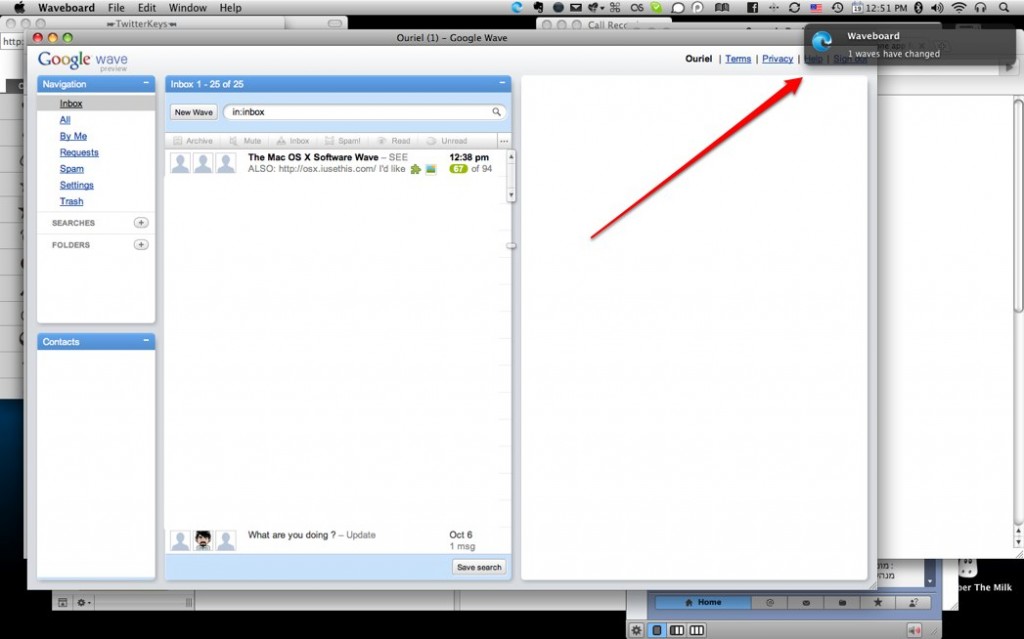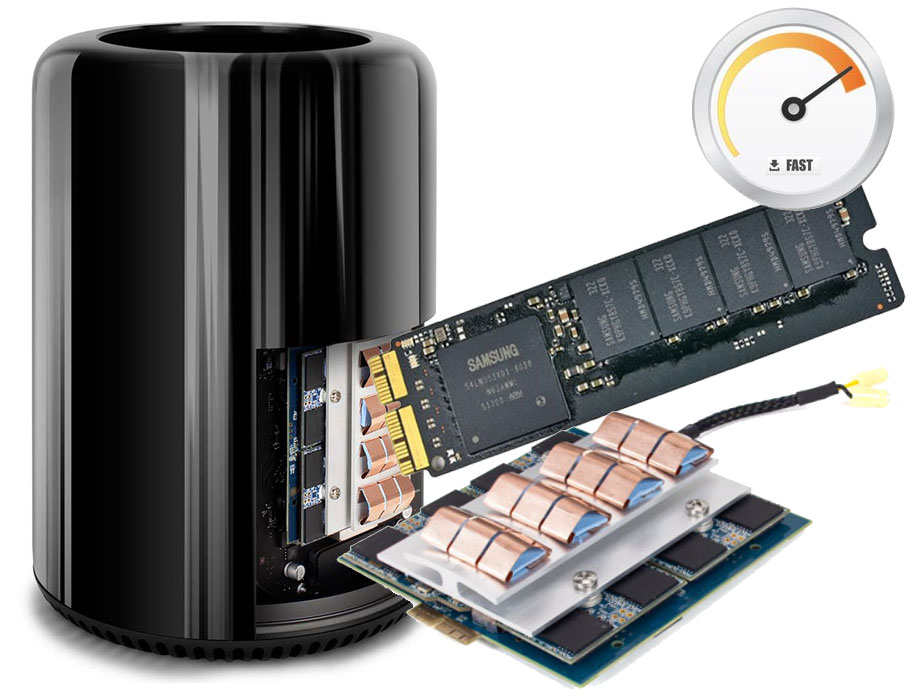

We have completed our task if you are getting below output. # sudo rm -R nodeįinally, we’ve successfully uninstalled the Node JS from MacOS, use the given below command to check whether the Node and NPM completely removed from our system. Here you also have to delete the node folder to uninstall the Node js completely.Įnter the below command to remove the Node js from MacOS. # sudo rm -R node_modulesĮnter the below command to come out from the directory. Use the below command to remove the node_modules (NPM) folder. Go to lib directory, hit the below command to enter into the lib directory. In next step we have to completely remove node_modules from our system.Įnter the below command to go back to previous folder. # sudo rm -R node Remove node_modules from MacOS We have to remove this node folder to completely uninstall the Node js from MacOS.
#Nvm mac os x how to
How to hide or display Wifi icon in macOS Bug Sur Menu Bar.Create Symbolic Link using Terminal Command.Best Free Gif screen capture app now available for M1 Chip Mac - LICECap.Now connect power to the IO board and the PCIe/NVMe boot process will start. How to Check if NPM and Node.js are installed on a Mac After you have installed node.js with npm, you can confirm that the two are installed by issuing either command with a -v flag to check the version: node -v and npm -v How to Test that Node. If you’re using a monitor connect it to the IO board first before turning on the power. You can run the installer like any other installation package on the Mac. Go ahead and remove the jumper now from J2 and the pin below it and connect your prepped NVMe drive. zsh: command not found: cls macOS Big Sur You are now ready to boot your Compute Module 4.Open New Terminal Window Using Keyboard Shortcut macOS.
#Nvm mac os x install
nvm install node If you want to install a long term support (LTS) version use this command.
#Nvm mac os x download
Now, run the following command to download and install the latest version of node.

nvm -version 0.35.3 If the output shows a version number then you are successfully installed. Terminal Command to get the list of available shells in macOS Verify the nvm installation by running the below command.Now try to run nvm commands: example: nvm list.Save the changes: Control + X followed by Y Key.Run command: brew -prefix nvm to know the installation ~ % brew -prefix nvm.zshrc file with the NVM details after you create.
#Nvm mac os x update
🍺 /opt/homebrew/Cellar/nvm/0.38.0: 7 files, 176KB, built in 1 secondĪs you can see in the installation logs, you need to update the. opt/homebrew/opt/nvm will destroy any nvm-installed Node installations You can set $NVM_DIR to any location, but leaving it unchanged from "/opt/homebrew/opt/nvm/etc/bash_completion.d/nvm" You should create NVM's working directory if it doesn't exist:Īdd the following to ~/.zshrc or your desired shell Problems against the standard nvm install method prior to reporting. Mind you, there will still be the need of an adapter if your specific Mac. However, testing has shown that MacOS High Sierra and upwards has added support for 3rd party NVMe M.2 drives. Older MacOS versions do not support NVMe at all so even if your Mac does have an M.2 drive it won’t work at all. Nvm via Homebrew is unsupported by them and you should check any Sadly, upgradability is sacrificed for that. Please note that upstream has asked us to make explicit managing Let's see what we see when we install nvm using the command: brew install nvm ~ % brew install nvmĪlready downloaded: /Users/code2care/Library/Caches/Homebrew/downloads/1956ad942b9ae30bf5f0d9ccb61b90c5ae466dc790b470b5f766eed629b43947-nvm-0.38.0.tar.gz Well, the reason is you have not set the zsh profile file to locate the installed nvm package. If you recently installed nvm - Node Version Manager package using brew and when you run the nvm command you get - zsh: command not found: nvm on your macOS system.


 0 kommentar(er)
0 kommentar(er)
